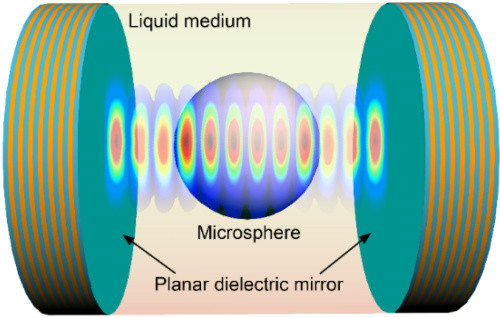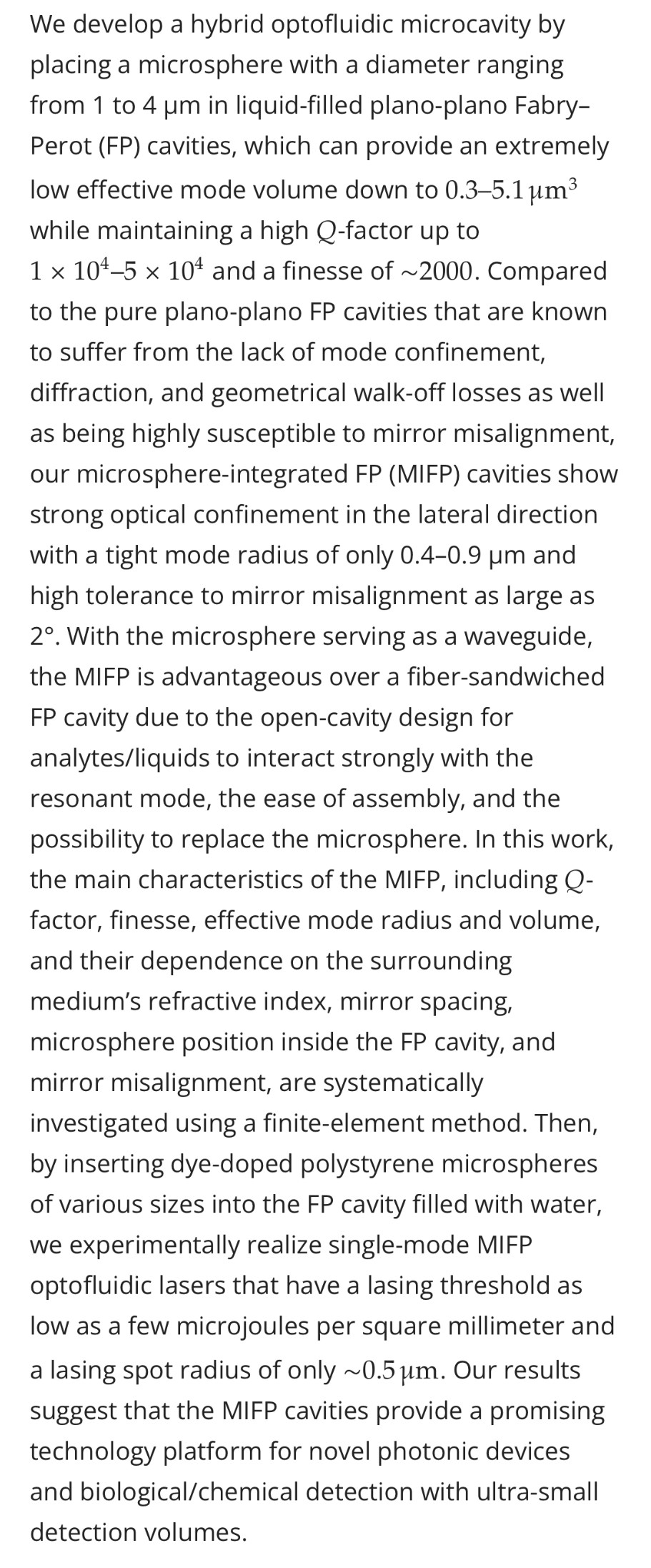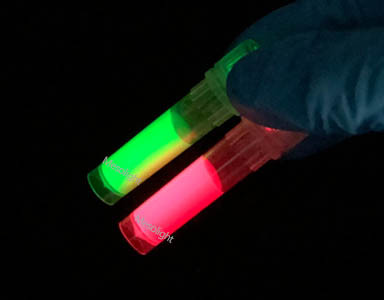So basicslly vaccines function as ion traps for quntum computing.
The End.
what does that mean. computing humans that took the vax?
Excuse the spelling my screen is cracked.
Trapped atomic ions are standards for quantum information processing, serving as quantum memories, hosts of quantum gates in quantum computers and simulators, and nodes of quantum communication networks. Quantum bits based on trapped ions enjoy a rare combination of attributes: They have exquisite coherence properties, they can be prepared and measured with nearly 100% efficiency, and they are readily entangled with each other through the Coulomb interaction or remote photonic interconnects. The outstanding challenge is the scaling of trapped ions to hundreds or thousands of qubits and beyond, at which scale quantum processors can outperform their classical counterparts in certain applications. We review the latest progress and prospects in that effort, with the promise of advanced architectures and new technologies, such as microfabricated ion traps and integrated photonics.
Trapped ions represent the leading system for quantum information processing, but to scale it further might require using quantum optical interconnects. To this end, we have developed a planar microfabricated ion trap array integrated with a high-finesse optical cavity for strong collective ion-photon coupling:
Cetina et. al., "One-dimensional array of ion chains coupled to an optical cavity", New Journal of Physics, 15(5), 53001 (2013) [arXiv:1302.2904]
One challenge of combinging high-finesse optical cavities with trapped ions is that the desired transition wavelengths are in the UV, where high-finesse mirror coatings suffer from creeping loss, especially under vacuum. We performed a detailed study of this effect and provided a set of recipes to mitigate it:
Gangloff et. al., "Preventing and reversing vacuum-induced optical losses in high-finesse tantalum (V) oxide mirror coatings", Optics Express, 23(14), 18014 (2015) [arXiv:1505.03381]
Optically adressing ions and cavities in the UV faces another challenge: the large linewidth of UV diode lasers (cheap and scalable compared to alternative laser sources). We showed that the linewidth of UV diode lasers can be narrowed by orders of magnitued to 2kHz by means of optical feedback from an extended fiber cavity:
Samutpraphoot et. al., “Passive intrinsic-linewidth narrowing of ultraviolet extended-cavity diode laser by weak optical feedback”, Optics Express 10, 11592 (2014). [arXiv:1402.6379]
An optical cavity, resonating cavity or optical resonator is an arrangement of mirrors that forms a standing wave cavity resonator for light waves. Optical cavities are a major component of lasers, surrounding the gain medium and providing feedback of the laser light.
Quantum Dots Microspheres
Description
1. Our quantum dot microspheres have a uniform shell and have stronger rigidity
2. Stable performance, no fluorescence attenuation under the conditions of various conventional medicine, food, drug testing samples. Room temperature can be stored for 2 years.
3. High fluorescence intensity, more than 85% quantum yield, strong anti-bleaching ability.
4. High sensitivity, helping the development of Femto-level detection reagents.
5. The particle size is uniform and consistent between batches.
6. It can be directly replaced and compatible with the time resolution platform.
Cationic liposomes are commonly used for transfection of plasmids into mammalian cells, while microspheres have been traditionally used for selective delivery of anticancer agents into tumor vasculature. We have developed a novel vector, comprised of cationic liposomes electrostatically bound to ion-exchange microspheres (termed 'microplex') for targeted gene therapy of solid tumors.
An ion-exchange resin or ion-exchange polymer is a resin or polymer that acts as a medium for ion exchange. It is an insoluble matrix (or support structure) normally in the form of small (0.25–1.43 mm radius) microbeads, usually white or yellowish, fabricated from an organic polymer substrate. The beads are typically porous, providing a large surface area on and inside them where the trapping of ions occurs along with the accompanying release of other ions, and thus the process is called ion exchange. There are multiple types of ion-exchange resin. Most commercial resins are made of polystyrene sulfonate.
In cell biology, ion trapping is the build-up of a higher concentration of a chemical across a cell membrane due to the pKa value of the chemical and difference of pH across the cell membrane.
Liberation is the first step in the process by which medication enters the body and liberates the active ingredient that has been administered. The pharmaceutical drug must separate from the vehicle or the excipient that it was mixed with during manufacture. Some authors split the process of liberation into three steps: disintegration, disaggregation and dissolution. A limiting factor in the adsorption of pharmaceutical drugs is the degree to which they are ionized, as cell membranes are relatively impermeable to ionized molecules.
Ion channels are located within the membrane of all excitable cells, and of many intracellular organelles. They are often described as narrow, water-filled tunnels that allow only ions of a certain size and/or charge to pass through. This characteristic is called selective permeability.
Ion channels are pore-forming membrane proteins that allow ions to pass through the channel pore. Their functions include establishing a resting membrane potential,[1] shaping action potentials and other electrical signals by gating the flow of ions across the cell membrane, controlling the flow of ions across secretory and epithelial cells, and regulating cell volume. Ion channels are present in the membranes of all cells.[2][3] Ion channels are one of the two classes of ionophoric proteins, the other being ion transporters.[4]



